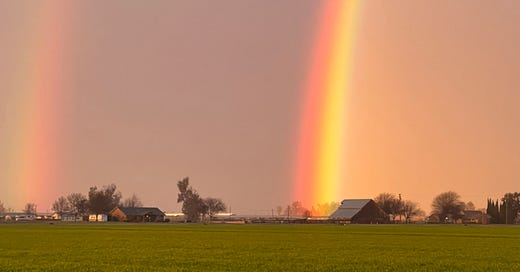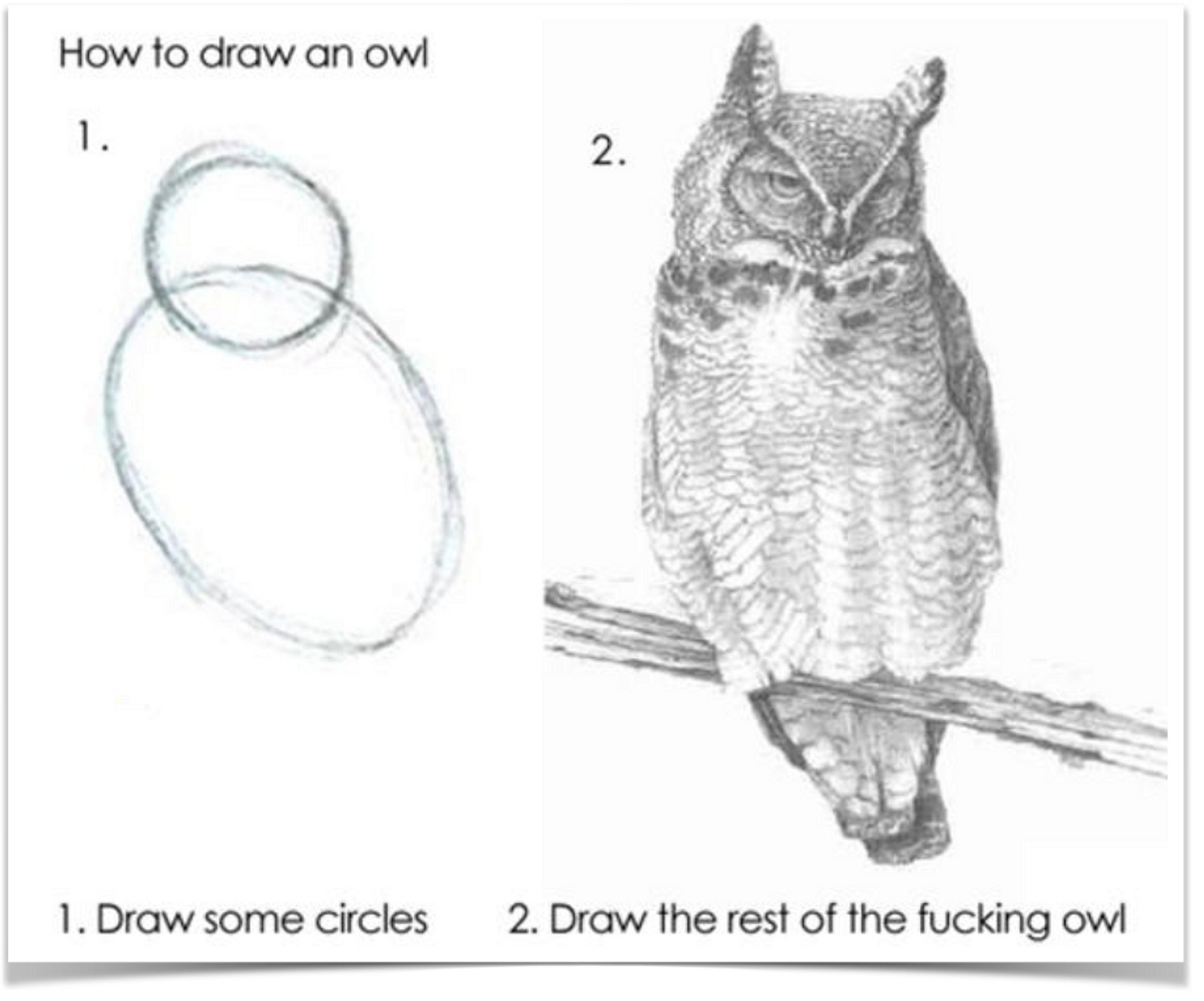Brands, meet a co-man near you
2-min read
Before we get into it. Wherever you live in the US you’ve likely been experiencing some severe weather. Here in the California Central Valley we got this (photo credit Rex Barney):
Back to it.
I’ve worked with several brands that have crazy complex supply chains. Sourcing in one place, processing in another and packing in a third place is nobody’s dream scenario, but sometimes it’s the only way to get products made. It may seem like there are a ton of co-mans out there but suddenly when you need one, there isn’t one close by.
I have helped brands locate better sources of supply and manufacturing, and when that works out, it’s very gratifying. But sometimes it just doesn’t come together.
What if supply chains were more regionalized? What if everything you needed was near you? For some of you this would be next to impossible, because what you do doesn’t exist close to home. But what if that was the whole point – that to get to a simplified food system, you have to build it locally?
Last week I covered some topics from Chloe Sorvino’s new book, if you missed it you can go back here. Towards the end, Chloe calls out that there is a huge opportunity for more contract manufacturers, particularly those that can safely handle fresh ingredients. I agree.
Let’s stay with fresh produce for a second. The key to a less processed, healthier food future means getting closer to the raw ingredient. Lack of transparency and sophistication at the co-man level leaves a huge gap in the development of new foods because few can handle fresh. What I mean by sophistication is not just different types of processing capabilities, but food safety and quality. This is anecdotal, but the President of Western Growers recently told me that most outbreaks of foodborne illness in produce happen at the manufacturing plant, not at the packing or distribution level. This is a huge opportunity for co-mans to level up (I know, I know, this means investment, which means risk… which is a topic for another day).
Let’s look at some examples of local manufacturing that is contributing to systems change.
I’ve covered two startups recently on The Future of Ag podcast that have regional models. Seal the Seasons frozen fruit and vegetable company’s COO Alejandro Piaseki explained that the whole brand proposition is around local: they only offer in season items to stores and consumers within the crop’s regional geography. So, no getting North Carolina blueberries if you live in the Pacific Northwest. Their model goes beyond procurement to a hub processing model where they partner with frozen packers in those growing regions. Their business is hugely dependent on logistics and it’s no small miracle that they got a national retailer like Target to play along with the regional SKU model. Very impressive.
Ben Moore, who I interviewed last September, just closed his round of funding on a facility for his Ugly Fruit business which upcycles off spec fruit into convenient, nutritious, shelf-stable snacks. Ben tried to work with local dehydrators in California’s central valley, where he and his family farm, but no one had capacity or wanted to build it, so he is having to build it himself.
Even in my own startup, with almonds growing all around my area, nut butter manufacturing existed near me, but I left my copacker to self-manufacture because I required a new and different process. This investment only made sense because my then-partner/investor had plans to expand into global bulk business.
I am in no way saying everyone should manufacture for themselves, especially if that requires taking on a huge capital risk when you are not ready for it. But I do wonder how you are thinking about the future state of production for your products.
What do you think of regionalizing supply chains? If you are a co-man, tell me the latest thoughts and challenges. If you are a brand thinking about this, tell me what you’re considering.
I look forward to hearing from you :)
All my best,
Jennifer







